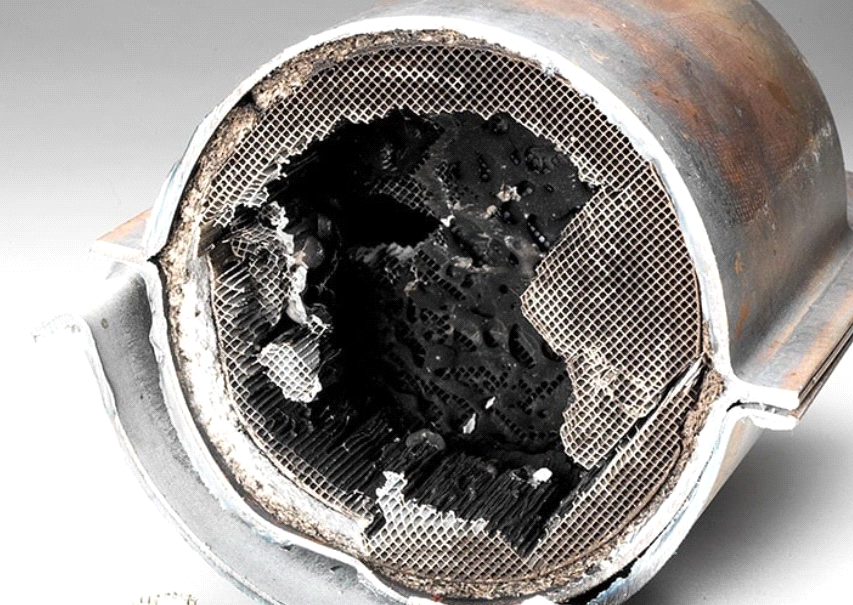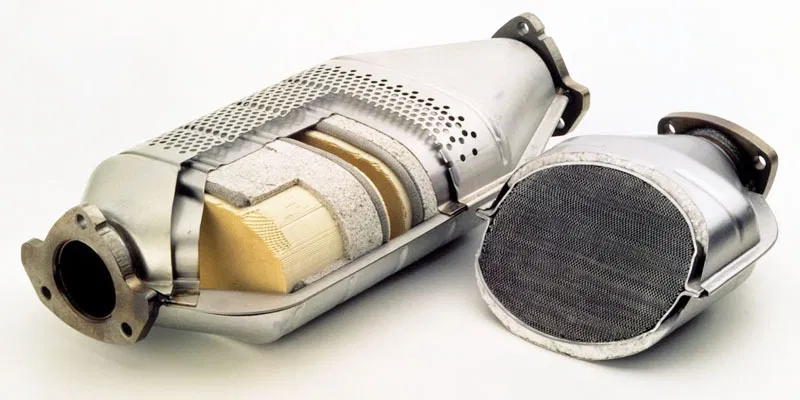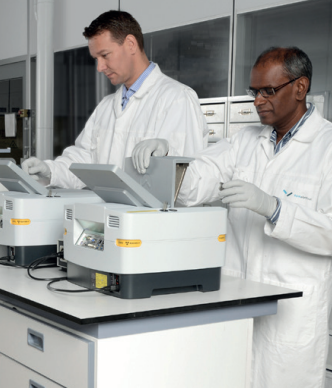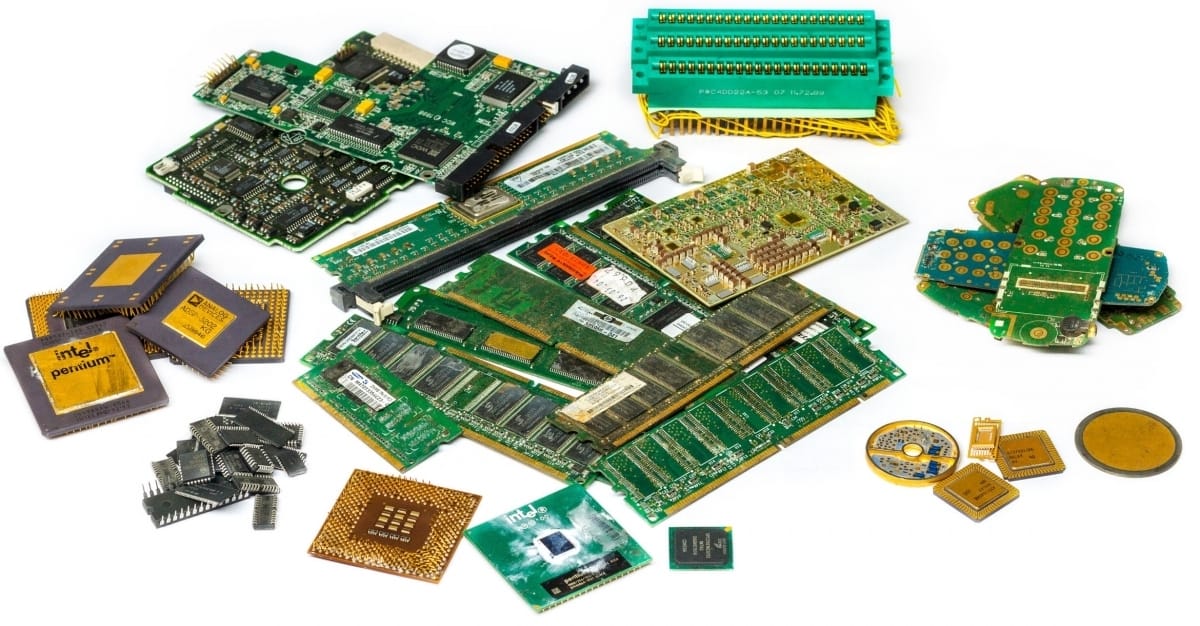Purchasing partially empty catalytic converters can be a challenging task as it requires careful consideration and knowledge of the market. Here are some steps to help you in the process:

-
- Research and Familiarize Yourself: Before buying partially empty catalytic converters, educate yourself about the industry. Understand the different types of converters, their compositions, and the factors that affect their value. Learn about the specific regulations and laws governing the buying and selling of catalytic converters in your region.
- Find Reliable Sources: Identify reliable sources to purchase partially empty catalytic converters. Look for reputable scrapyards, auto recycling facilities, or specialized catalytic converter buyers who have a track record of fair transactions and transparent dealings. Online marketplaces and auctions may also be potential sources, but exercise caution and verify the credibility of the sellers.
- Evaluate Converter Types: Different types of catalytic converters have varying values based on their composition, size, and model. Determine which types you are interested in buying and learn how to identify them correctly. Common types include three-way converters, diesel particulate filters (DPFs), and selective catalytic reduction (SCR) converters. Understand the market demand for each type and their respective value range.
- Assess Condition and Partial Emptiness: Inspect the condition of the catalytic converters you are considering purchasing. Partially empty converters may have been partially processed or have had their precious metals removed to some extent. Look for signs of tampering, physical damage, or excessive wear. Partially empty converters may have lower value compared to intact ones, so factor this into your purchasing decision.
- Negotiate and Verify: When dealing with sellers, negotiate the price based on the condition, type, and partial emptiness of the converters. Ask for relevant documentation, such as proof of ownership or legitimate sourcing, to ensure the converters are obtained legally. If possible, seek the assistance of an expert or catalytic converter specialist to assess the value and authenticity of the converters before finalizing the purchase.
- Comply with Regulations: Ensure that you comply with local regulations and laws regarding the buying and selling of catalytic converters. Some jurisdictions require licenses or permits for such transactions, and there may be restrictions on dealing with partially empty converters. Familiarize yourself with any reporting requirements or legal obligations related to the purchase of catalytic converters in your area.
- Exercise Caution and Due Diligence: Be cautious of potential scams or fraudulent activities when purchasing catalytic converters. Research the reputation of sellers, verify their credentials, and consider seeking references or testimonials. Trustworthy sellers should be open to answering your questions and providing information about the converters’ origins and history.
Remember, the recycling and trading of catalytic converters should be conducted responsibly and within the bounds of the law. By following these steps and exercising due diligence, you can increase your chances of making informed purchases of partially empty catalytic converters.
For further assistance, you can contact us or visit our facility in Dubai, United Arab Emirates.
Related Blog
The Precious Metals Market: Palladium, Rhodium,…
Navigating the Precious Metals Market: Insights into Palladium, Rhodium, and Platinum Precious metals have long been a cornerstone of […]
How Stonecore Captures XRF Results for…
How Stonecore Captures XRF Results for Automotive Catalysts At Stonecore, we’re committed to using cutting-edge technology to analyze your automotive […]
Don’t Trash It: A Guide to…
Don’t Trash It, Repurpose It: A Guide to E-Scrap Recycling in United Arab Emirates We live in a world obsessed […]





Am interested to join the business, and want to know more about how to purchase better type. My questions, The diesel type and petrol type which types is more valued?
The value of automotive catalysts in diesel and petrol (gasoline) vehicles is influenced by various factors, including environmental regulations, emissions standards, and market trends. As of my knowledge cutoff in January 2022, here are some considerations:
1. Emissions Standards:
– Diesel engines traditionally produced higher levels of nitrogen oxides (NOx) and particulate matter, leading to stricter emissions standards for diesel vehicles. This has resulted in the development and widespread use of advanced catalyst technologies in diesel vehicles to reduce harmful emissions.
2. Catalyst Technologies:
– Both diesel and petrol vehicles use catalytic converters to reduce harmful emissions. However, the specific catalyst technologies can vary. Diesel vehicles often utilize selective catalytic reduction (SCR) systems to reduce NOx emissions, while petrol vehicles typically rely on three-way catalysts to control nitrogen oxides, carbon monoxide, and hydrocarbons.
3. Market Trends:
– The automotive industry has seen a growing emphasis on reducing emissions and improving environmental performance. As a result, there has been ongoing development and adoption of advanced catalyst technologies in both diesel and petrol vehicles.
4. Diesel Emission Challenges:
– Diesel engines historically faced challenges in meeting stringent emission standards, particularly in reducing NOx emissions. The automotive industry has responded with innovations such as improved exhaust gas recirculation (EGR) systems and advanced catalysts to address these challenges.
5. Petrol Engine Efficiency:
– Petrol engines have traditionally been perceived as emitting fewer NOx and particulate emissions compared to diesel engines. However, advancements in diesel engine technology and emissions control systems have narrowed the gap in recent years.
6. Regulatory Environment:
– The regulatory landscape, including emissions standards set by government agencies, significantly influences the development and adoption of catalyst technologies. Regions with strict emissions regulations may drive the adoption of more advanced and efficient catalysts.
7. Consumer Preferences:
– Consumer preferences for cleaner and more environmentally friendly vehicles can impact the value of catalyst technologies. Manufacturers that invest in advanced emission control systems may gain a competitive edge in the market.
It’s important to note that the automotive industry is dynamic, and advancements in catalyst technologies and regulatory changes can occur over time. Additionally, regional differences may play a role in shaping the value and adoption of diesel and petrol catalyst technologies. As of my last update in January 2022, it is advisable to check for the latest developments and trends in the automotive industry for the most up-to-date information.
It is remarkable, very valuable information